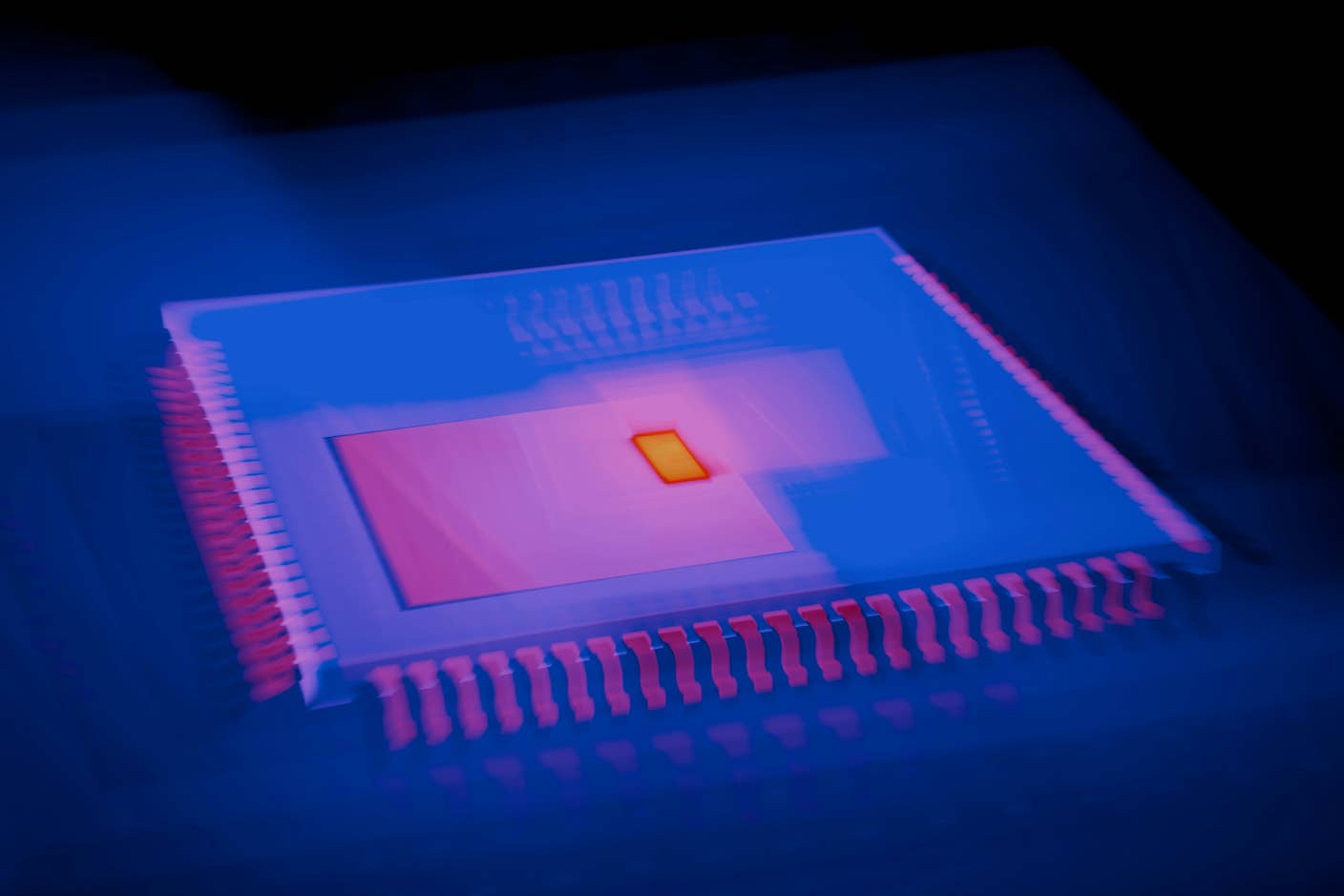Video of Airplane Laser Hitting Truck!

Share

For those of us living in fear of a deadly truck uprising, Maximum Overdrive must have scared someone, we can finally rest easy knowing that Boeing [NYSE: BA] recently used a laser attached to a C130H aircraft to kill a pickup. Melting the hood of the truck was a significant step for the Advanced Tactical Laser (ATL), proving it could defeat ground based targets with high precision. The test took place on August 30th at White Sands Missile Range in New Mexico. Military lasers, besides looking really cool for science fiction junkies, also demonstrate that the rapid development of technology could have repercussions in international power politics. Check out the short but sweet video Boeing just released after the break.
While it seems inefficient at this stage, putting a hole in a truck with a laser is just a precursor to a different kind of warfare. We've discussed how advancements in robotic weaponry and drones are changing war, and a similar level of change may come from ultra-precise mid to long range weapons. An identified target could be hit from flight without the target being aware of the danger and with little to no collateral damage. Considering the recent record of conventional ordinance, that precision could mean sparing the lives of hundreds of thousands of innocent civilians.
The ATL is a chemical oxygen iodine laser (COIL) which produces hundreds of kilowatts of destructive power in the infrared. That means you, I, and the truck can't see what's hitting it. As impressive as that may be, you're not going to have lasers in the hands of soldiers anytime soon. They take a lot of energy to run (the ATL reportedly consumes megawatts), are bulky (the ATL weighs 5,000+ kg) and aren't known for being easy to operate. The ATL has a special beam control system in order to acquire targets and guide the laser to where it should strike.
Be Part of the Future
Sign up to receive top stories about groundbreaking technologies and visionary thinkers from SingularityHub.


In a critical light, the recent test shows how the US can spend millions of dollars just to disable a truck. I do the same thing unintentionally all the time for free. Still, according to the press release, Boeing is very happy with the ATL. The bottom line, they say, is that it works. As long as progress is being made a useful laser system will eventually be created, and that potential is worth the money.
Integrated Defense Systems, the division of Boeing responsible for the test, is one of the major players in the US weapons development industry with 70,000 employees worldwide. Putting lasers in the sky is just one of their goals, but it's an important one. A closely related project, the Airborne Laser (ABL) is one of the leading candidates for missile defense during the boost phase. ABL could be, though it is still unproven, a means of defeating missile strikes from developing nuclear powers.
By killing nukes or saving lives through better precision, lasers have some considerable positive potential. However, you can't watch a laser cut a hole in a truck without thinking of the damage the weapon could achieve against a person. Today, anti-personnel lasers largely see use in clandestine strikes against the eyes of pilots, not as fieldable weapons. The success of the recent test, however, shows that once tactical lasers like the ATL become cheap enough they could be used to devastating effect against living targets.
Laser sniping from an airplane is a scary prospect. With robotic weapons, you worry about removing humans from the decision to kill someone. With laser weapons, you worry about accountability. Long range and completely silent, a laser strike could kill a person and would probably not be recognized as an attack by those around him or her.
As armed conflicts evolve, modern militaries seem focused on selective and effective targeting. That is, they want to know who to kill and they want to hit just that person whereever they may be. Improved sensing, computer enhanced decision making, and tactical lasers seem poised to deliver that military goal. I have mixed feelings about the capability. Certainly you could save lives if the only people killed in a war were combatants, but distancing humans from the death they cause seems unlikely to improve moral decision making. As cool as the ATL is, it is still uncertain if it bodes well or ill for the future of warfare. And I sort of feel sorry for the truck.
[photo credit: Boeing]
[video credit: Boeing]
Related Articles

This Light-Powered AI Chip Is 100x Faster Than a Top Nvidia GPU

Hugging Face Says AI Models With Reasoning Use 30x More Energy on Average

Study: AI Chatbots Choose Friends Just Like Humans Do
What we’re reading